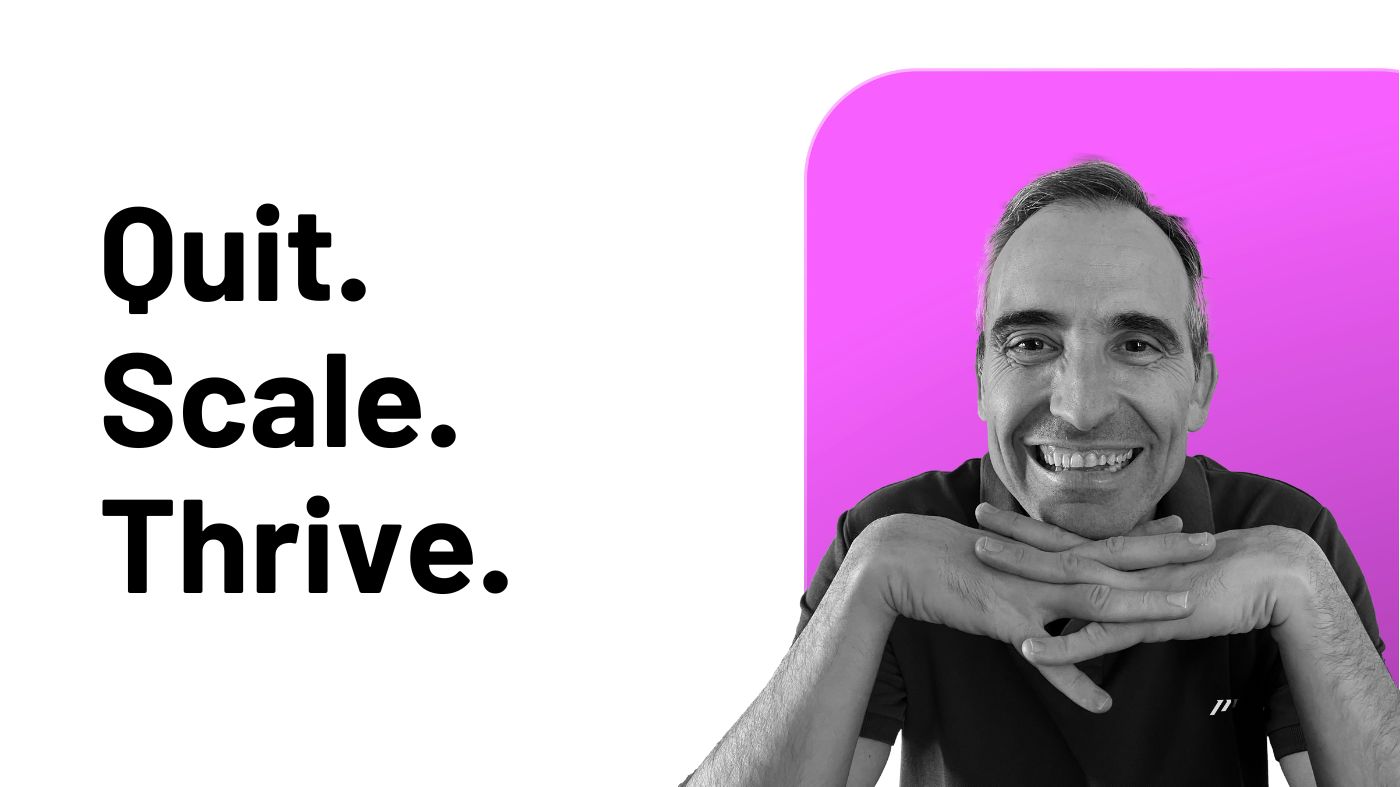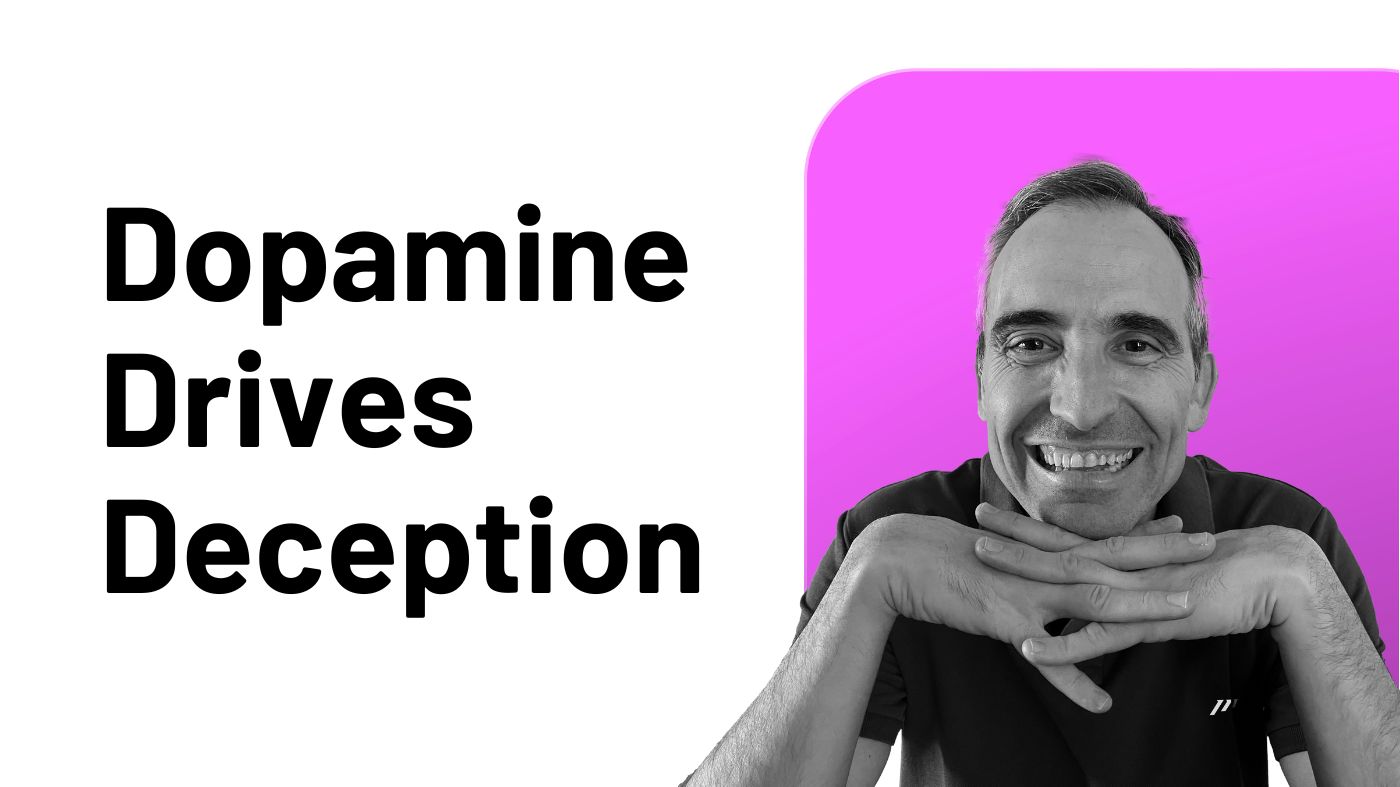At the Paperless Movement®, we’re constantly receiving messages from people telling us their workflows don’t run smoothly.
They’re affected by obstacles or being interrupted. Sometimes, they’re broken or they simply don’t exist.
That generates negative emotions such as chaos, anxiety, frustration, and, even, the sensation of being unproductive.
Maybe you’re suffering this too. Maybe you don’t know how to define workflows to better manage your information to get your work done.
Don’t panic!
In this article, I’ll show 5 easy rules you can implement, right now, to handle this situation from a radically different approach!
So, without further ado, let’s dive in!
What’s a Workflow?
First things first. Let’s state crystal clearly what a workflow is.
A workflow is a sequence of tasks that processes information through a specific path from initiation to completion.
And, that’s the main point: from initiation to completion.
Now, from this initial concept, I can focus on our 5 easy rules to solve your problem!
Rule #1: Define Your Workflows from Start to Finish
Clearly define a starting point and an end point for each workflow.
If you don’t do that is how your workflows get interrupted. That’s how you break them.
That’s how you end up in a blind alley.
Rule #2: Make Your Workflows Work as Your Brain Does
If you create workflows you need to memorize, learn, or remember, they’re not going to work.
You need to adapt your workflows to your brain. Not the opposite.
The way your brain works is how your workflows should do.
Rule #3: Start Simple
Don’t try to implement hundreds of workflows at a time.
Start simple. Think about your simplest process and write down the steps you follow from start to finish. Try to repeat that workflow daily.
When you feel it comes out naturally, go for another one.
The moment you get used to creating and implementing workflows, you’ll see how you generate them faster and easier.
Say hello to leverage!
Rule #4: Steal Like an Artist
Look for best practices. See what others are doing. Don’t reinvent the wheel.
For example, inside the Paperless Movement® Membership, we share hundreds of workflows based on our experience and from all our members!
They work for us, why can’t they work for you?
Rule #5: Don’t Copy and Paste
But, don’t copy and paste others’ workflows:
- Look at them.
- Study them.
- Understand them.
Then, polish those workflows to adapt them to your style and how you think.
That’s how you create smooth workflows, those you don’t need willpower or deep thinking to put into practice.
An Example from Real Life
Let’s finish up with an example, so you can get a better idea of what I’ve just explained.
How can you capture a thought?
- A thought comes to your mind.
- You quickly write it down before you forget it.
- You move your thought to an inbox, so you don’t lose it, and you perfectly know where you can find it. This allows you to avoid scattered information.
- You process your inbox daily.
- When processing, you decide for each thought what needs to be done. You only have 3 options.
Option 1
It’s crystal clear to you what needs to be done based on your thought.
You list all the actions that need to be done.
For example: create a project or prepare a report.Option 2
You see you need to dedicate more time to your thought to make some additional research, ask for advice, or whatever because direct actions are not clear yet.
Then, you list all those types of actions that need to be done.
For example: call a person or look for additional information related to your thought.Option 3
It’s not clear to you what needs to be done, so you just leave the thought in your productivity system in case you need it in the future.
Some Conclusions
You see it?
You don’t need to think about apps.
You just think about a process that covers it all, from the beginning (a thought pops up on your mind), to an end, where you’ve defined all the options you literally have.
There are no cracks. There are no options missing. Everything is well-defined and covered. Everything’s solid.
From that point, you start looking for apps that really fit that workflow.
That way, you execute the workflow naturally because you’re just following a mental process that’s perfectly defined in your brain.
It’s simply how YOU think.
Takeaways
So, start today! Don’t delay this decision.
It’s a pleasure to have well-defined workflows in your life.
Once you’ve defined one, you’ll get momentum. All kinds of workflows will begin to appear here, there, and everywhere.
Dedicate time to think about them. Define, create, and test them on a daily basis!
As soon as you have just 4 or 5 well-defined workflows, you’ll feel how you better manage information and how you get your work done!




